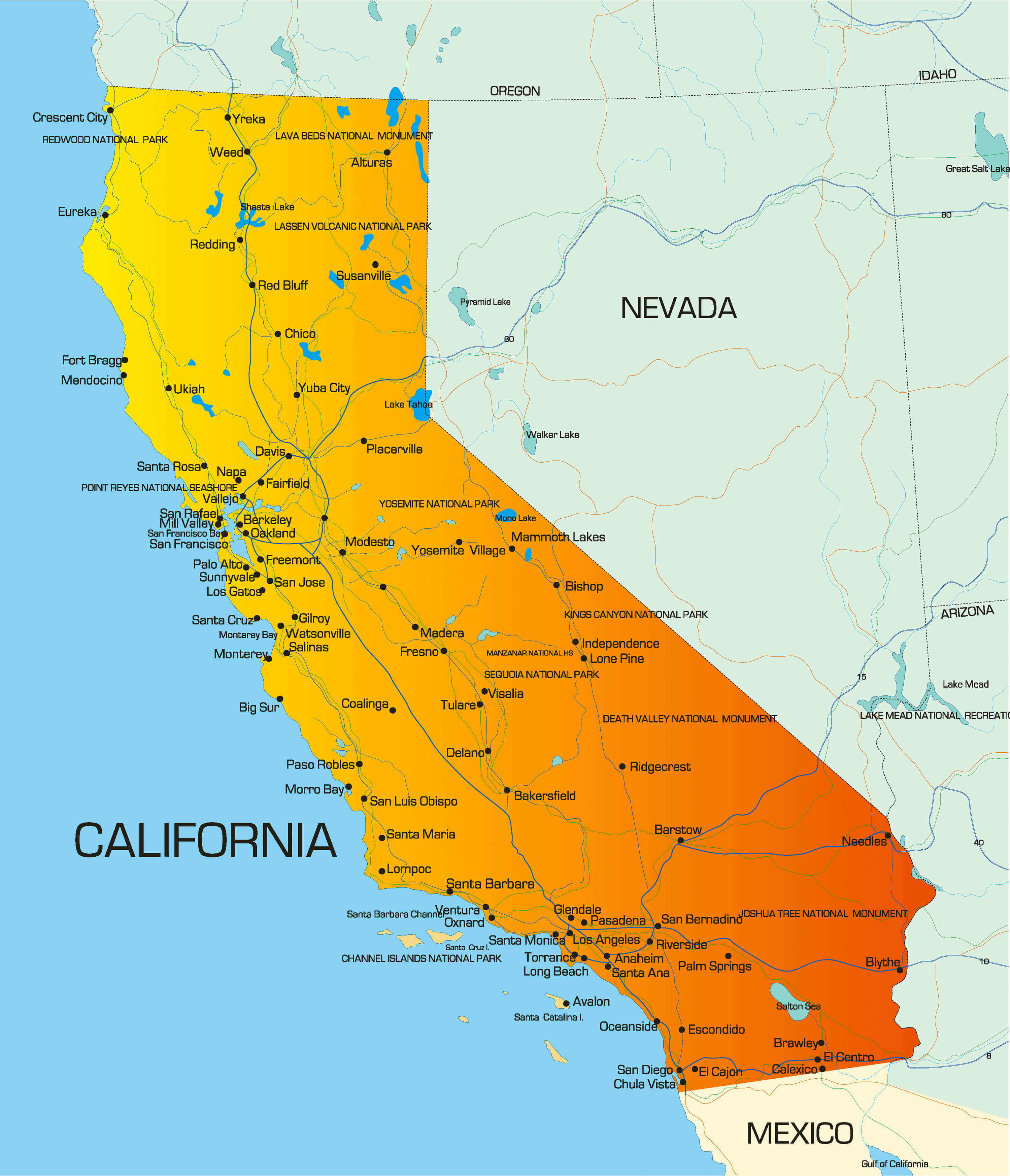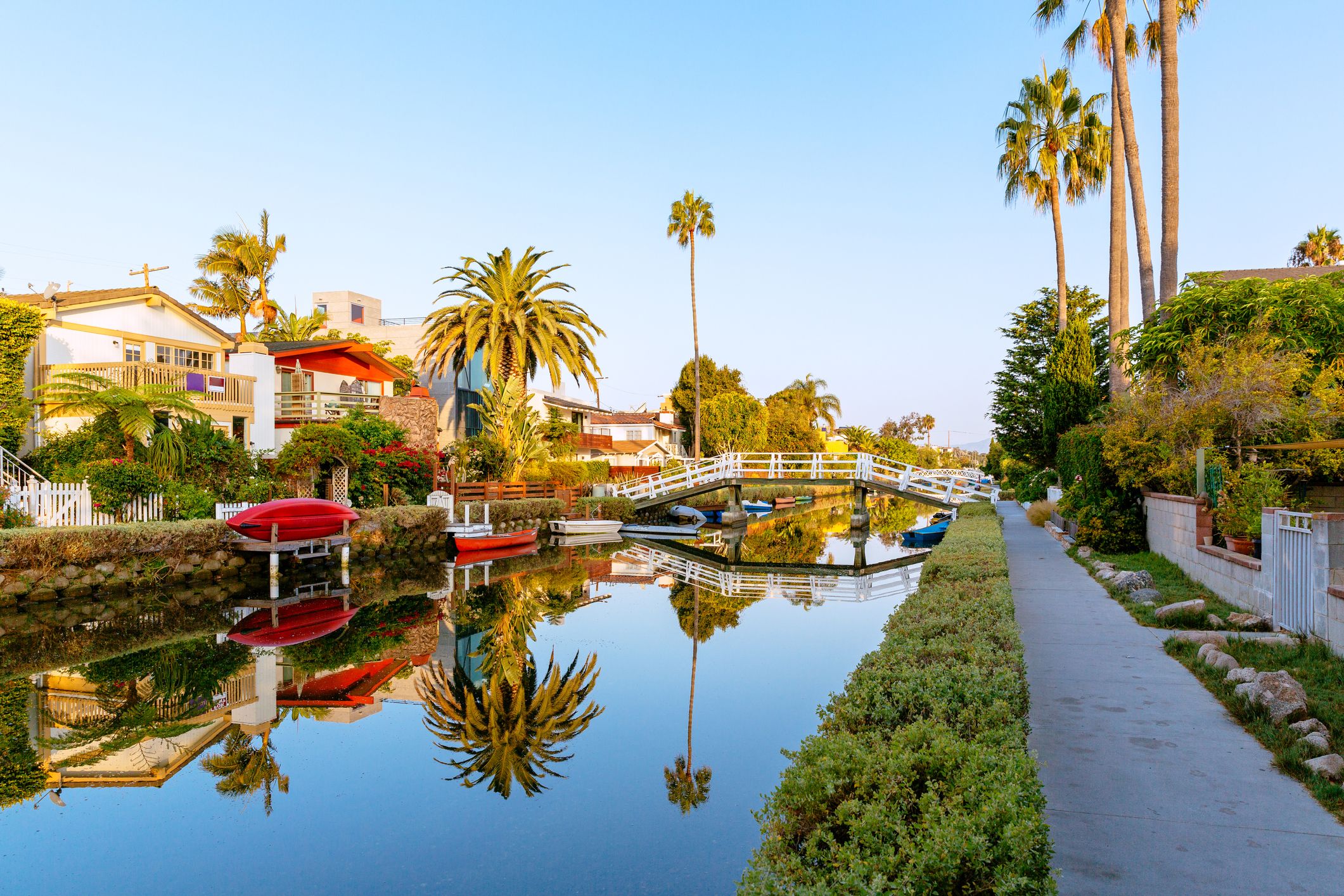California Market- A Golden State Overview
California, you know, is a place that truly stands out on the map, a big part of the western side of the United States. It sits right along the vast Pacific Ocean, stretching out in a way that gives it a very distinct feel. This location, its sheer size, and the many different things that happen within its borders all contribute to what we might call the California market, a unique blend of people, places, and shared experiences.
So, when we think about this particular part of the world, we are really looking at a place that has grown quite a bit since it first joined the union. It became a state in 1850, and by the early 1960s, it had already become the most populated area in the United States. This growth, in a sense, really shaped what the California market would become, creating a huge base of people who live, work, and enjoy all that the state has to offer, making it a very active spot for all sorts of interactions.
It's a place that's often called the Golden State, and that nickname, you see, seems to fit its bright character and the many things it has become known for. From its stunning coastline to its cultural flavors, everything here, in some respects, plays a part in defining the California market. We can explore its various aspects, from its geographical features to the way people interact with it, to get a better sense of what this place is all about.
Table of Contents
- What Makes California a Special Place?
- A Look at California's Historical Footprint
- The Geography Shaping the California Market
- California's People and Their Impact on the California Market
- The Lure of California's Market for Visitors
- California's Cultural Threads in the California Market
- Government Services and the California Market
- Education's Reach Within the California Market
What Makes California a Special Place?
When you consider California, it really is a state that holds a very specific spot on the map, settled on the western side of the United States. It runs right along the Pacific Ocean, its long edge facing the vast waters. This location, you know, gives it a distinct feel, a connection to the ocean that influences much of its character. It also shares its boundaries with other states, having Oregon to its north, and both Nevada and Arizona to its east. This positioning, in a way, shapes how people move through it and how goods and services are exchanged across its expanse, contributing to the overall feel of the California market.
This western position, with the ocean as a neighbor, means that it is, in some respects, a gateway. The way it sits on the continent, with its long coastline, makes it a place of many different scenes, from sandy stretches to rocky cliffs. The climate and natural surroundings are quite varied, too, depending on where you are within its very large area. So, its physical makeup, its very geography, plays a big part in setting the stage for everything that happens there, including the way its unique market functions and grows over time.
The Golden State's Place in the California Market
The nickname "Golden State" is often used to describe California, and it really does capture something about its sunny disposition and the opportunities that people often associate with it. It sits squarely on the western coast of the United States, a long strip of land that borders other states like Arizona, Nevada, and Oregon. Furthermore, it extends quite a distance southward, reaching close to the Mexican border. This extensive reach, you see, means that the California market isn't just one single thing; it's a collection of many different local areas, each with its own flavor and offerings, all connected under this broad state identity.
The idea of a "golden" state, perhaps, speaks to the dreams and aspirations that have drawn people to this place for a very long time. It suggests a certain richness, whether that's in its natural beauty, its cultural contributions, or the many possibilities it holds. This image, you know, influences how people perceive the California market, making it a place that often sparks curiosity and invites exploration. Its distinct position on the map, touching so many different landscapes and communities, means it really is a diverse place, one that has many different facets to consider.
A Look at California's Historical Footprint
California, as a constituent state of the United States of America, has a story that begins quite some time ago. It was brought into the Union as the thirty-first state on September 9, 1850. This moment, you know, marked a significant point in its development, setting it on a path to becoming the place it is today. The act of becoming a state meant it would then be part of the larger national framework, allowing for its own governance and participation in the country's growth. This historical step, you see, laid some groundwork for what would eventually become the expansive California market we observe now.
From that point onward, the state began to grow, both in its physical infrastructure and, very importantly, in its population. By the early 1960s, it had reached a very notable milestone: it became the most populated state in the United States. This rapid increase in the number of people living within its borders had a profound effect. It meant a larger group of individuals needing goods, services, and places to live and work. This population boom, in some respects, naturally expanded the consumer base and the workforce, shaping the very nature of the California market for decades to come.
How Did California's Market Begin to Take Shape?
The admission of California as the thirty-first state in 1850 was, in a way, a foundational moment for its eventual market. Before this, it was a territory, but becoming a state gave it a more defined structure and greater ability to manage its own affairs. This change, you know, helped create a more stable environment for people to settle and for economic activities to take hold. It provided a framework for laws and regulations, which are often quite important for any growing market to function smoothly and fairly for everyone involved.
Then, the fact that it became the most populated U.S. state by the early 1960s really solidified the scale of the California market. A large population, you see, means a lot of people needing things, like food, housing, and ways to spend their free time. It also means a big workforce, people who can contribute to making those things. This sheer number of residents, more or less, creates a dynamic environment where many different kinds of businesses can thrive, from small local shops to larger enterprises, all serving the needs and wants of a vast group of people.
The Geography Shaping the California Market
California's physical size and shape play a really big part in what makes its market unique. The state stretches for more than 800 miles, which is, you know, a very long distance. This extensive length means it covers a wide variety of terrains and climates, from areas near the Mexican border to regions much further north. This vastness, in a way, creates distinct regional differences within the larger California market, each area having its own particular characteristics and offerings that appeal to different groups of people.
The sheer expanse of the state, from its southern reaches to its northern borders, means that you can find many different environments. It’s not just one type of place; it is, perhaps, a collection of many different local areas, each with its own feel and its own set of things that make it special. This geographical diversity, you see, naturally influences what kinds of goods and services are available in different parts of the state, shaping the local aspects of the California market in various ways.
Where Does the California Market Stretch?
The reach of the California market, geographically speaking, is quite extensive, stretching a considerable distance from one end of the state to the other. It starts, as a matter of fact, near the Mexican border in Imperial County. From there, it continues its long path northward, passing through a number of different counties, each with its own distinct character. These include Riverside County, San Bernardino County, and the very well-known Los Angeles County. This long, continuous stretch means that the market itself is not just one centralized hub, but rather a series of interconnected communities and areas, each contributing to the larger whole.
Think about the sheer variety that an 800-mile span can hold. It encompasses diverse landscapes, from desert areas to coastal regions, and then further inland. This means that the things people need and want can differ quite a bit from one county to the next, even within the same state. So, the California market, in this sense, is really a patchwork of many smaller, localized markets, all linked by the common thread of being part of this very large and varied state. This extensive geographical spread, you know, creates a lot of different opportunities for businesses and for people looking for specific things.
California's People and Their Impact on the California Market
The people who call California home are, without a doubt, a major force in shaping its market. As we mentioned, by the early 1960s, California had become the most populated state in the United States. This means there are just a lot of people living here, and every single one of them has needs, wants, and interests. This large number of residents, you know, creates a very active environment for all sorts of goods and services, from the everyday items people buy to the more specialized things they might seek out. Their collective presence is, in essence, the driving energy behind the California market.
When you have so many people living in one place, it naturally creates a constant demand for a wide range of products and experiences. This population size, you see, supports a vast network of businesses, big and small, all working to provide for the community. It's a place where many different ideas can take hold and grow, because there's always a large group of people to engage with them. So, the sheer number of individuals residing in California is, arguably, the fundamental element that gives the California market its significant scale and its dynamic nature.
Who Makes Up the California Market?
When we talk about who makes up the California market, we are really talking about a very large and diverse group of individuals. The fact that California became the most populous U.S. state by the early 1960s means it has maintained a very substantial

Map of California

About California State, Best places to Visit in California | Joonsquare USA

The 31 California Fun Facts You’ll Wish You Knew Sooner